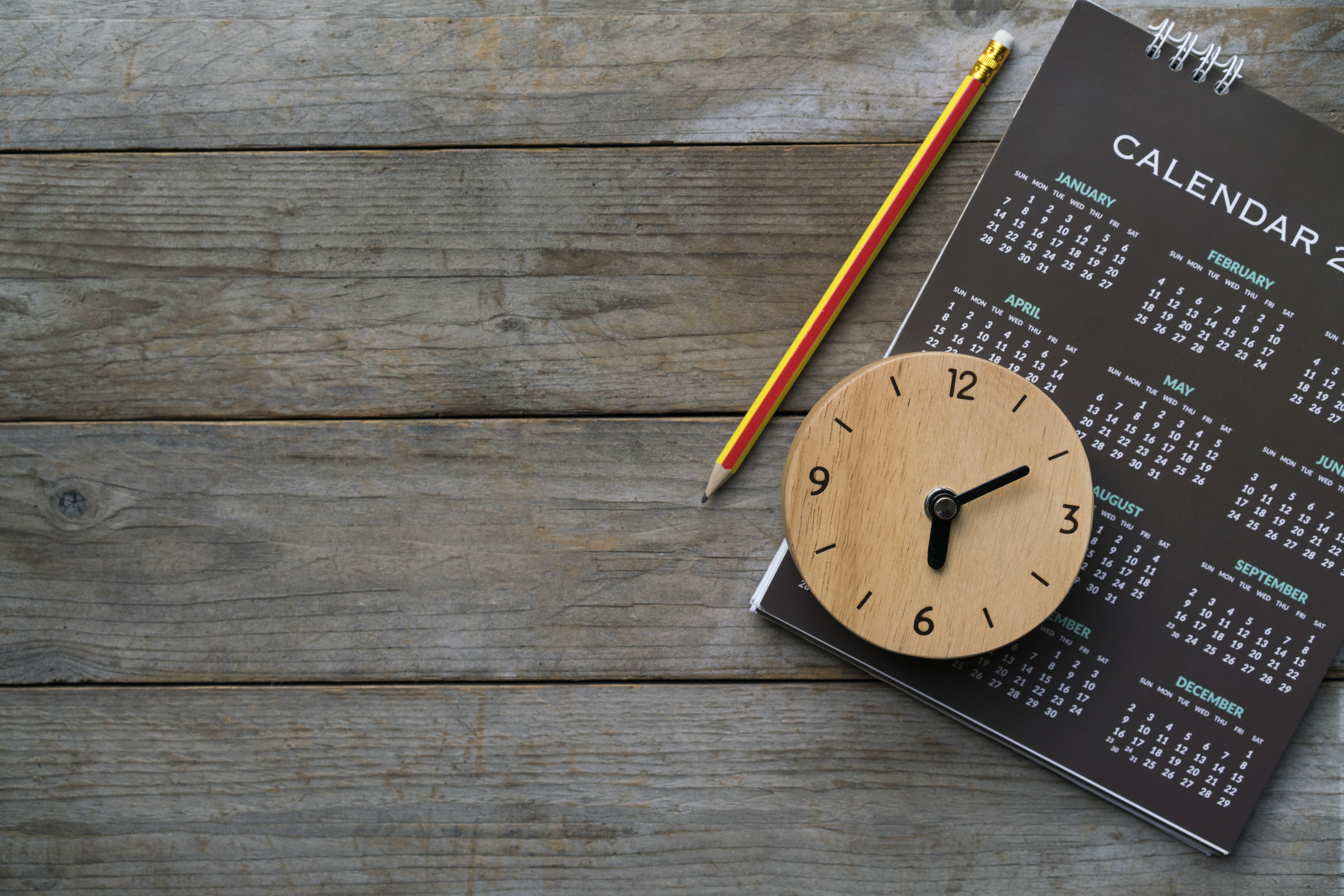Kidney and bladder Ultrasound
What is a renal ultrasound?
Ultrasound utilizes a transducer to send and receive sound waves, and this information is used to create a real time image. As a result of this ability, and the safe application of sound waves (ultrasound), ultrasound is a leading diagnostic tool. There is no radiation associated with ultrasound.
Also known as a renal ultrasound, a kidney and bladder ultrasound is used to assess the kidneys, ureters, and bladder. Renal Ultrasounds are useful in detecting cysts, tumors, kidney stones, abscesses, and signs of infection. This ultrasound exam is also useful in examining the contour and capacity of the bladder, and assessing for abnormalities that can relate to urinary symptoms.
Frequently asked questions:
You may have been referred for a renal ultrasound for a variety of reasons including swelling, pain, bleeding, or if abnormal tests are reported in your kidneys or the surrounding area.
Drink a minimum of 24 ounces of clear fluid at least one hour before your appointment. Do not empty your bladder prior to the procedure. It is important to arrive with a full bladder so that the anatomy of the bladder can be visualized and assessed. If your bladder is not sufficiently full there may be need to have you come back or reschedule the appointment as this is a focus of the requested exam.
An ultrasound is painless, fast, and well tolerated. The examination is usually completed within 30 minutes.
Before a renal ultrasound, you may be asked to change into a gown, or else you will be provided with drape sheets to protect your clothing from the ultrasound gel. Then you’ll lie down on a table with your abdomen exposed.
An ultrasound technologist (sonographer) will use a special kind of gel on your abdomen that allows the sounds waves to travel from the transducer into your skin, as well as allowing the transducer to glide easily across the skin surface. The sonographer with take multiple images of your kidneys and bladder. During the scan you may be asked to hold your breath or roll on one side. These techniques are used to obtain high quality images, and your cooperation is very much appreciated. You will be asked to empty your bladder and return for a few more images.
If you’re having pain, you may feel slight discomfort during an ultrasound. Make sure to let your technologist know right away if the pain is too uncomfortable.
.
When a renal ultrasound is performed, there are little to no risks. However, patients may experience discomfort from the pressure placed on their pelvic region from the transducer, particularly with a full bladder. This pressure is to allow for the sonographer to capture the best images of your internal organs.
